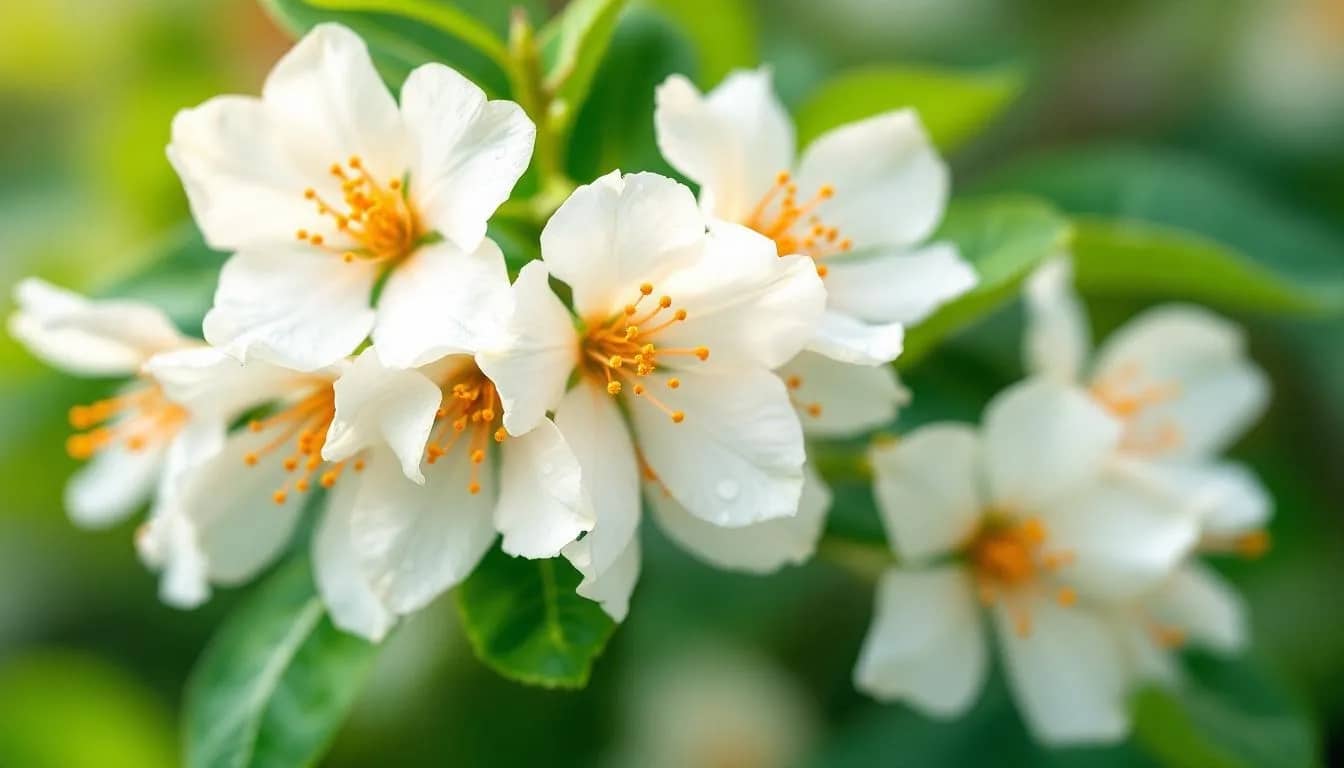
Freeze‑Drying vs. Heat‑Drying: What Press On Herbals Learned from a 2025 Loquat Study
Key takeaways
- Freeze‑drying (FD) kept more of the heat‑sensitive flavonoids compared with heat‑drying (HD).
- Examples: cyanidin was ~6.6× higher with FD; a delphinidin glycoside was ~50× higher with FD.
- Heat‑drying isn’t all bad—it boosted certain heat‑stable compounds like 6‑hydroxyluteolin.
- The freeze‑dried powder (FDP) showed the strongest antioxidant activity (~609 μg Trolox equivalents per gram).
- Bottom line: FD looks best when the goal is maximum bioactive retention; HD can make sense when cost matters and you target heat‑stable compounds.
Why drying matters for herbal quality
Most herbs are dried before they reach you. Heat‑drying is common because it’s fast and affordable, but heat can break down delicate bioactives (thermolabile compounds). Freeze‑drying removes water at very low temperatures, so more of those compounds survive.
What the loquat study actually tested
Researchers compared two drying methods—heat‑drying (HD) and freeze‑drying (FD)—on loquat (Eriobotrya japonica) flowers. They also turned the flowers into hot‑water powdered extracts and measured hundreds of metabolites with UPLC–MS/MS, plus antioxidant capacity. FD samples clustered tightly (more consistent), while HD was more variable.
Numbers that stood out
- Cyanidin: ~6.62× higher with FD (vs HD).
- Delphinidin 3‑O‑β‑D‑sambubioside: ~49.85× higher with FD.
- 6‑Hydroxyluteolin: ~27.36× higher with HD.
- Methyl hesperidin: ~10% of the profile (highest share) in HD samples.
- Eriodictyol chalcone: ~18.62× increase tied to FD; FDP had ~608.83 μg TE/g antioxidant activity.
How we’re applying this at Press On Herbals
We’re testing freeze‑drying for select botanicals where preserving flavonoids and other heat‑sensitive compounds matters most. For other products, we may use careful, lower‑temperature heat‑drying when it preserves the target compounds and keeps products affordable. Different herbs need different approaches; this study helps us choose intentionally.
What this doesn’t mean
This research studied plant chemistry—not patient outcomes. It doesn’t prove health benefits in people. Also, equipment, temperatures, and times vary, so results can differ by facility. We’ll keep evaluating and transparently sharing what we learn.
Source
Frontiers in Nutrition (open access). DOI: https://doi.org/10.3389/fnut.2025.1637247
Masterful Display
Each and everyone of our products are deeply considered, labored over, and improved upon time and time again. We invite you to experience the difference of our carefully crafted small batches of herbal support items. Whether it be our tea line, produced for a delightful experience, or our tincture blends and extracts, we have what you need.

